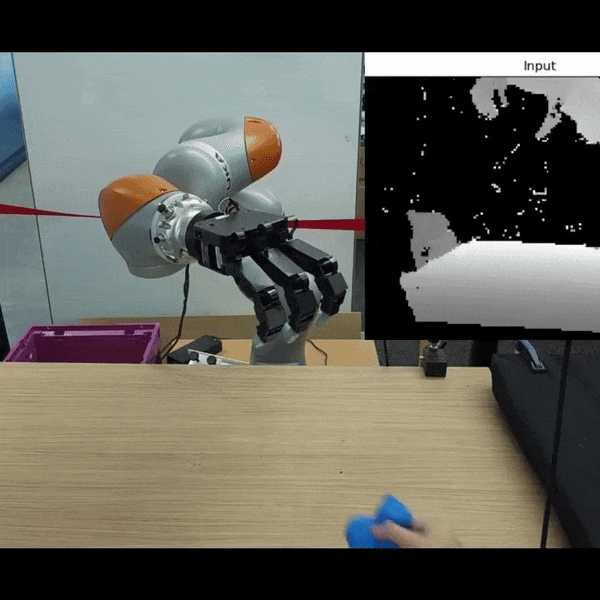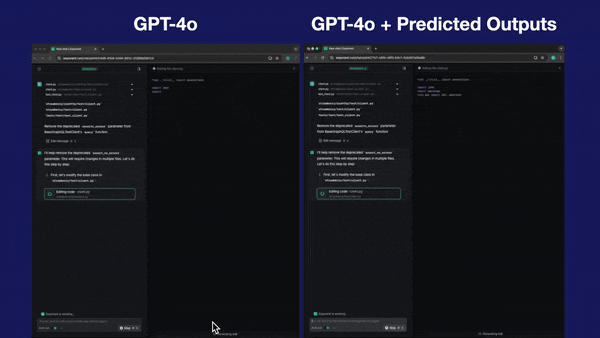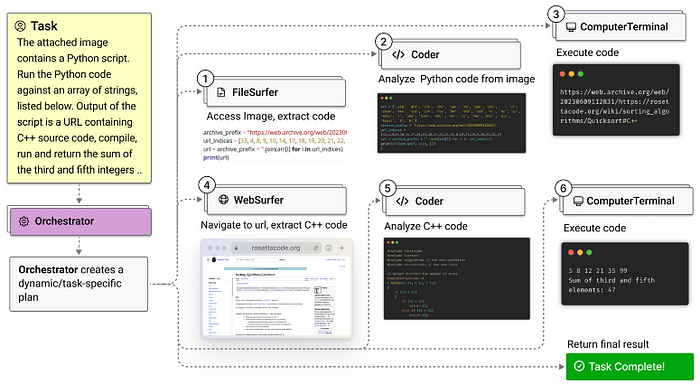Massive Updates in AI and Robotics: Nvidia, XPENG, OpenAI, CMU Robotics, Microsoft and Anthropic
2024-11-11
From humanoid robots to advanced multi-agent systems, we are breaking new ground every day.
If you’re anything like me, staying on top of the latest developments is both exciting and a bit overwhelming — there’s just so much happening right now!
I want to update you on some of the coolest recent updates from NVIDIA, Microsoft, OpenAI, Anthropic and other.
Grab a coffee, and let’s dive into what’s new and what it all means for you!
Let’s GO!

You while reading about AI updates
Project GR00T’s Comprehensive Humanoid Robot Development Suite
NVIDIA has made strides with new updates to Project GR00T, a robust suite tailored to humanoid robot development.

This suite introduces workflows for environment generation, motion learning, and dexterity training.
With over 2,500 3D assets available for simulation training, it allows seamless deployment of skills to physical robots.
Why It Matters for Engineers:
Humanoid robotics merges complex areas such as control theory, AI, and high-demand computing for real-time sensory processing. This requires advanced sensor fusion, decision-making, and motion control. NVIDIA’s suite promises to aid engineers in overcoming challenges like maintaining balance during movements and handling unpredictable environments. New tools within the GR00T suite include:
- GR00T-Gen for diverse environment creation
- GR00T-Mimic for modeling robot motion and trajectory
- GR00T-Dexterity for precise manipulation tasks
- GR00T-Mobility for locomotion and navigation
- GR00T-Control for whole-body control
- GR00T-Perception for multimodal sensor integration
More info on NVIDIA’s blog.
Humanoid Robot Weighing 153 LBS
Electric vehicle manufacturer XPENG showcased their 5'10", 153 lb humanoid robot, Iron, which is now operational in their manufacturing facilities.

Iron is powered by XPENG’s proprietary Turing AI chip, indicating a move towards integrating humanoid robotics into production workflows.
This signals XPENG’s commitment to AI-powered automation across industries, from EVs to robotic assistance.
For engineers, it highlights the potential for humanoid robots in labor-intensive settings, bolstered by advanced in-house AI chips that enable real-time processing capabilities.
XPENG’s expansion into robotics alongside automotive AI is likely to boost its operational efficiency and competitive edge in an evolving tech-driven market.
Predicted Outputs to Reduce Latency on GPT-4o and GPT-4o-mini Models
To tackle latency issues in real-time AI applications, OpenAI has introduced Predicted Outputs for their GPT-4o models.
This feature allows developers to add reference strings to pre-emptively optimize response times for tasks such as document editing and code updates, providing substantial improvements in processing speeds.

Latencies can be a barrier in applications requiring instantaneous feedback.
Predicted Outputs offers a tactical approach by leveraging partial knowledge of the desired output to reduce computational demands, especially for repetitive tasks.
It exemplifies OpenAI’s focus on refining large language models (LLMs) for high-demand applications.
This update, paired with methods like streaming, chunking, and prompt efficiency, can help engineers enhance user experience in dynamic, latency-sensitive AI systems.
More info on latency optimization.
Generalist Agent for Zero-Shot Manipulation
Researchers from Carnegie Mellon University introduced ManipGen, a generalist agent designed for zero-shot manipulation.

Unlike traditional models, ManipGen enables robots to perform complex, real-world tasks based on text input alone, without requiring specific training data.
This is a leap in sim-to-real capabilities, where robots can now perform nuanced tasks like organizing objects or cleaning up environments without direct, task-specific training.
ManipGen’s success in transferring policies from simulation to reality across diverse tasks underscores advancements in robotic manipulation.
AI engineers in the field of robotics will see this as a promising solution for creating adaptable and context-aware robots capable of performing long-horizon tasks.
More info on official page.
Agent Framework That Coordinates Multiple Agents to Tackle Real World Tasks
Microsoft’s Magentic-One introduces a multi-agent framework capable of coordinating several agents for complex, real-world tasks.
Whether it’s coding, web navigation, or ordering food, Magentic-One is designed to tackle the open-ended tasks people encounter daily.

Microsoft has also released an open-source version of Magentic-One via its AutoGen platform.
The shift from generative AI to agentic AI is poised to reshape workflows by enabling systems that autonomously act on behalf of users, completing complex tasks.
Magentic-One employs a lead agent, the Orchestrator, to coordinate specialized agents, allowing for modular development and scalability.

Engineers will appreciate its plug-and-play design, which facilitates easier testing, modification, and deployment of specialized agents in various applications.
More info on Microsoft’s blog.
Next cohort will start soon! Reserve your spot for building full-stack GenAI SaaS applications
OpenAI Acquired The Most Expensive Domain
In a recent high-profile acquisition, OpenAI purchased the chat.com domain, previously owned by HubSpot’s CTO for $15.5M in 2023, to solidify its presence and branding around ChatGPT.

Claude 3.5 Haiku Outperforms GPT-4o on SWE-bench
Anthropic’s latest model, Claude 3.5 Haiku, is now available on platforms like Amazon Bedrock and Google Cloud’s Vertex AI.
It has already outperformed GPT-4o on software engineering benchmarks and demonstrated improved efficiencies for coding tasks.

Claude 3.5 Haiku’s debut marks a new frontier for productivity in coding and software development.
Engineers now have access to enhanced coding and operational capabilities, especially suited for applications demanding quick iterations and extensive task automation.
With support from major cloud platforms, Claude 3.5 Haiku also presents a scalable option for integrating high-performing LLMs into existing development pipelines.
More info on Anthropic’s blog.
Bonus Content : Building with AI
And don’t forget to have a look at some practitioner resources that we published recently:
Thank you for stopping by, and being an integral part of our community.
Happy building!
